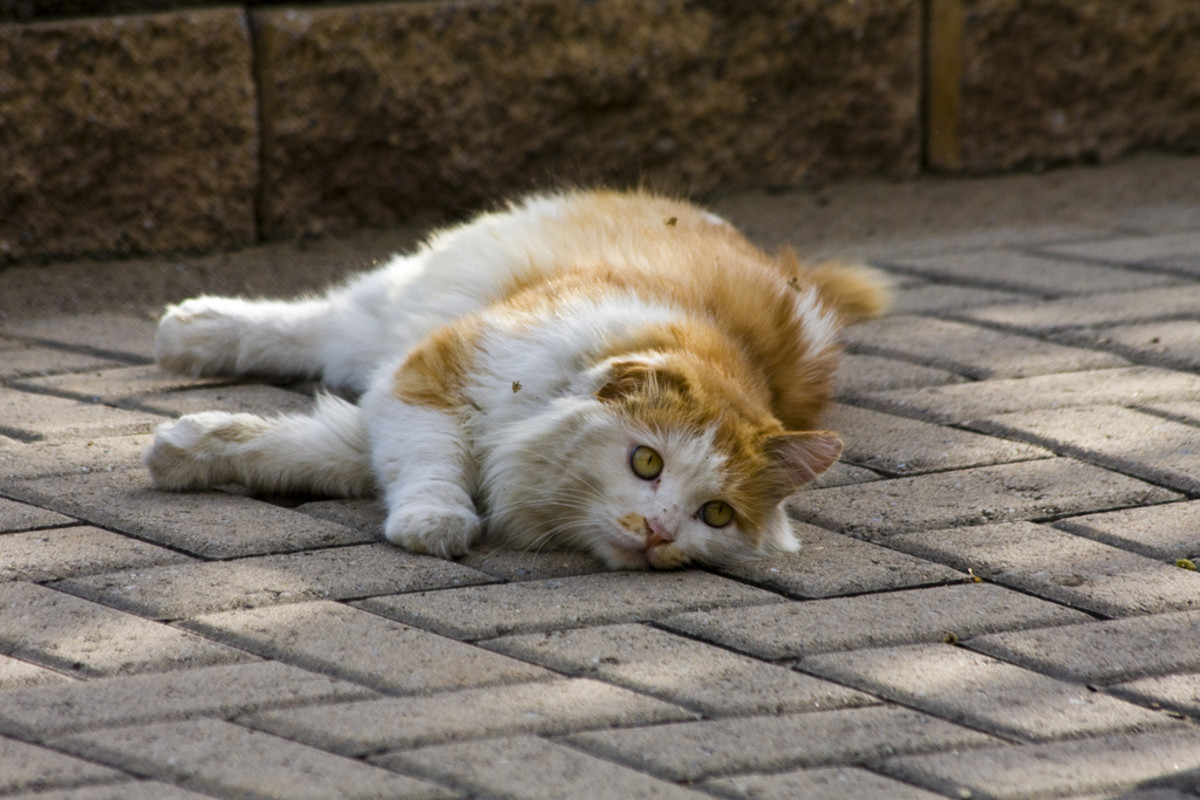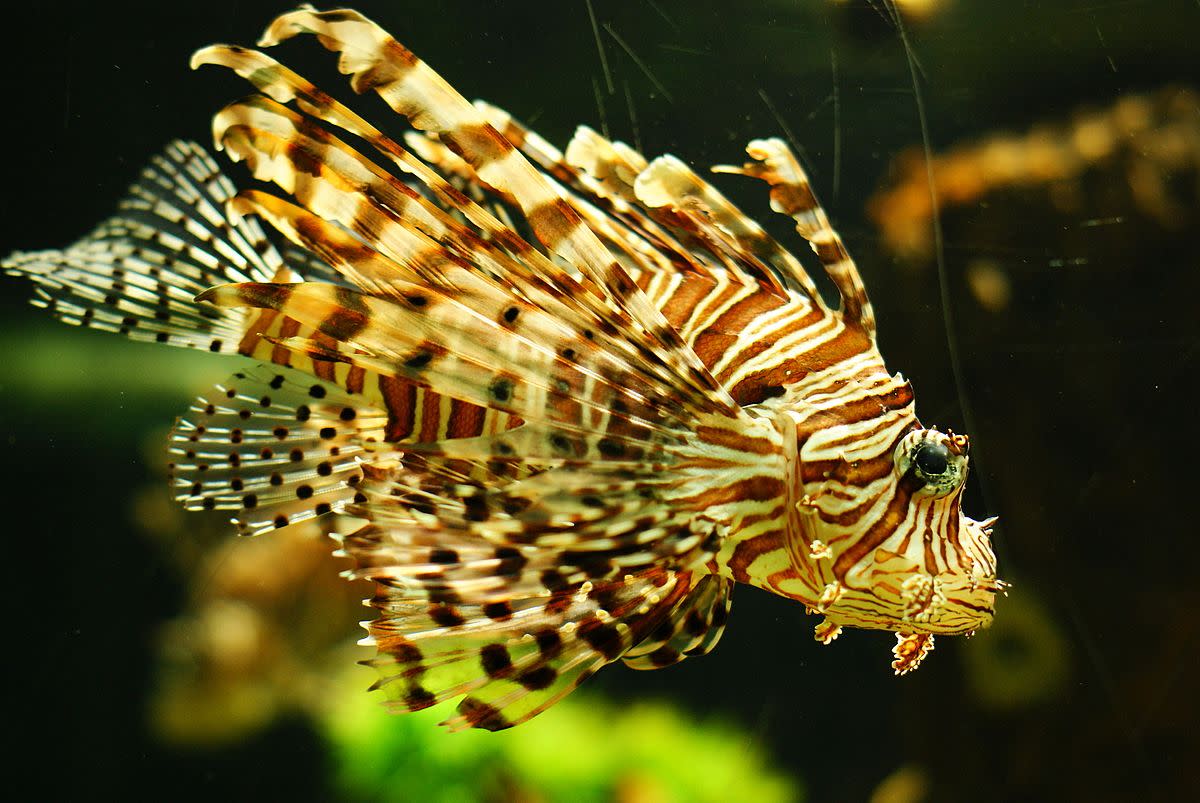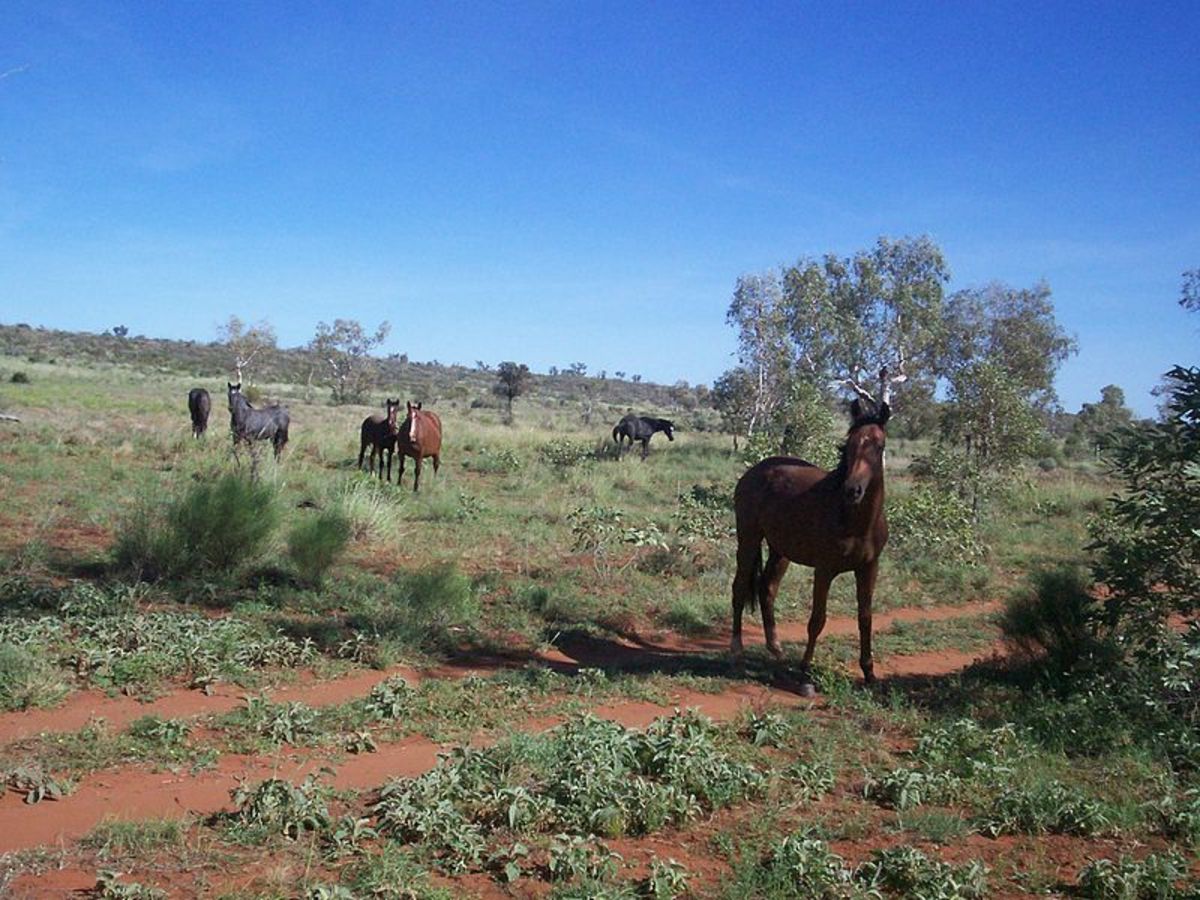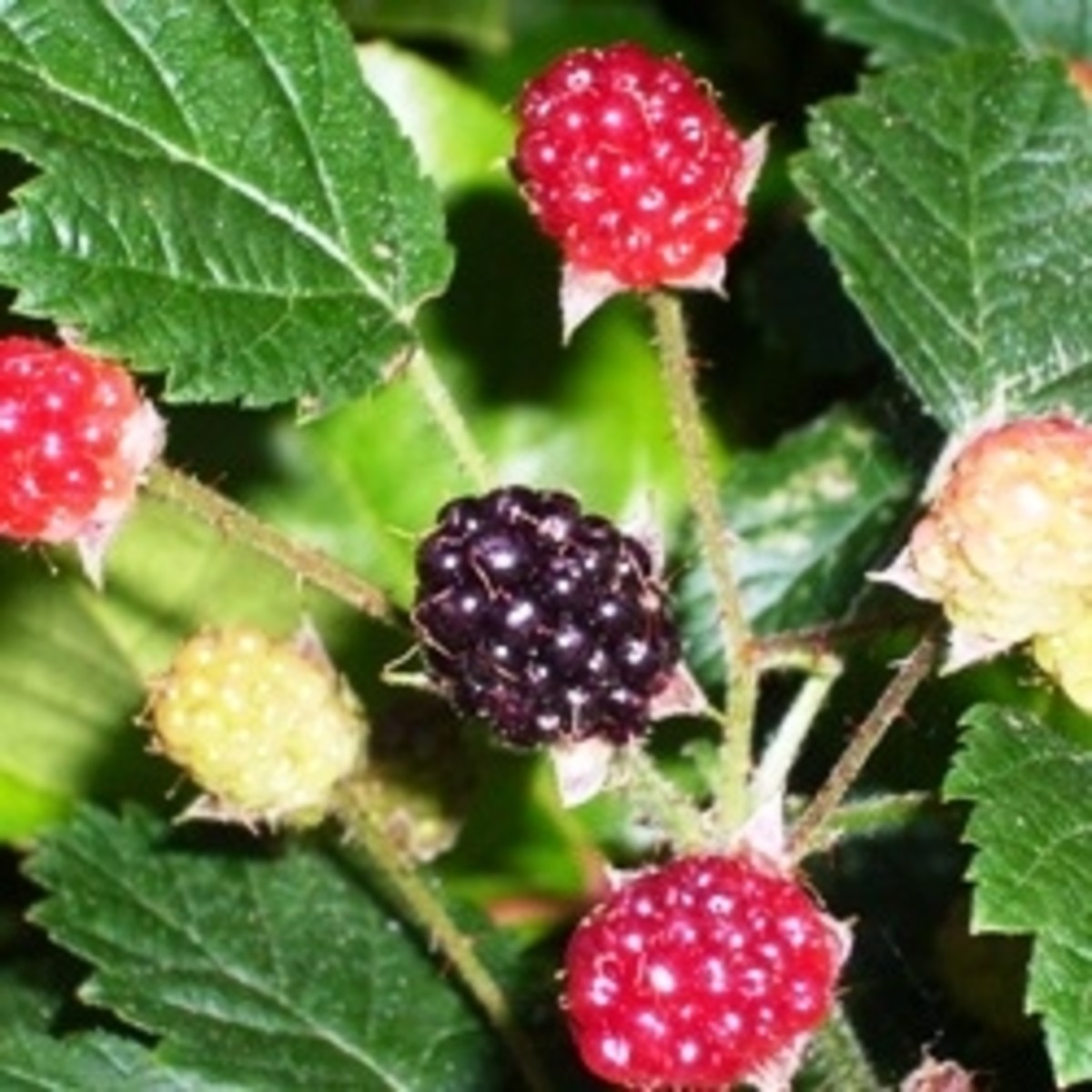Invasive Species
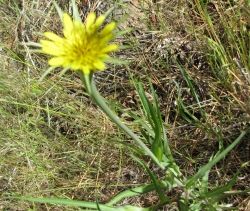
Invasive Species: A Homeschool Unit Study
Invasive species are non-native species which threaten our native ecosystems They not only crowd out native species, but they starve wildlife, use water and create allergens. Noxious weeds also provide tremendous ladder fuel which during wildfires can radically change the speed and fury at which wildfires burn.
These threats are occurring on both the national and international level. Invasive species impact the structure and function of a community or system, and even alter the physical structure of the system over time. These plants and animals have no concept of our borders that protect our preserves, parks, wildlife refuges, opens spaces and urban spaces. In our natural areas invasive weeds crowd or shade other plants out of existence. Explosions of invasive weeds in natural areas leads to an increase in soil erosion.
One of the most effective means of controlling invasive species is education. The materials presented here are meant to provide teachers (both at home and in the classroom) with a plethora of ideas and resources to pull from. You'll find suggested readings, living books, lapbooking materials, printables and extensive links to background information.
It is my hope that with these resources, educators can have the tools they need to teach their students about invasive species and how we can each make a difference.
What Are You Looking For? - What led you to this lens?
What are you most looking for in regards to an invasive species unit study?
Cosmo's World: Invasive Species - Watch this video to learn more about invasive species.
Lesson Plans - Where do I start?
- National Geographic Expeditions :: Invasive Species
Every animal species has a native habitat. On occasion, humans relocate a species, either through carelessness or with the intent of benefiting human beings, the species itself, and/or a new environment. In this lesson, students will research several - National Geographic Expeditions :: Aquatic Invaders
In this activity, students will explore the ways that native species interact in a healthy Chesapeake Bay. They will then learn about some of the ways that exotic or invasive species can threaten the balance of the ecosystem. - Wildlife Habitat Council
Wildlife Habitat Council, a nonprofit, nonlobbying 501(c)(3) group of corporations, conservation organizations, and individuals dedicated to protecting and enhancing wildlife habitat. - Invasive Plant Education
The Center for Invasive Plant Management invasive plant education program for land managers, educators, and the public offers an online course and textbook, weed education products, K-12 curricula and activities, and more. - Wisconsin Council on Invasive Species
Classroom Curricula and Resources - Bureau of Land Management :: Invasive Species
An extensive list of further resources and educator's guides. - Invasive Species Online Learning Module
This module is intended to focus on the information needs of non-professionals – those interested in learning about invasive species and why this topic is significant to their lives.
1. Scotch Broom Introduced to the Pacific Northwest by early settlers as an ornamental, it forms dense stands which crowd out native species and destroy wildlife habitat. Scotch Broom has plenty of help from people to move it to new sites. Its seed is a regular hitchhiker on vehicle tires, heavy equipment, and in infested gravel. Seedpods split suddenly at maturity and eject the seeds. Also, it is reported that ants aggressively collect the seed of Scotch broom, assisting in dispersal. Birds also assist with spread, but how well the seeds survive digestion varies with the species of bird.
2. Purple Loosestrife - An invasive wetland plant that is beautiful, but dangerous. Imported in the 1800s for ornamental and medicinal uses, Purple Loosestrife poses a serious threat to wetlands because of its prolific reproduction. Unfortunately, it is still sold as an ornamental plant in many states. Purple Loosestrife has gained a strong foothold in many North American wetlands, rivers and lakes, including many in Oregon.
3. Gypsy Moths - Introduced by an entomologist in Massachussets in the late 1860s. Oregon biologists are also concerned about Asian moths which have also been discovered traveling on ships and arriving at our ports. Eradication measures across Oregon have been successful in preventing the Gypsy Moth from developing a strong-hold in the state. They are 'hitchhikers' and the females lay their eggs on most anything (cars, lawn art, etc.) and are thereby transported to other areas unknowingly.
4. Himalayan Blackberry - Brought to Oregon in the late 1800s for the state's booming berry business. Although it didn't catch on as a berry crop, it has had lasting effects on our landscape and economy costing the state tens of millions of dollars a year. They are aggressive and dominate, excluding desirable plants and native animals. The difficulty in removing the significant root reserves, contributes to the reproductive success of this invasive blackberry.
5. English Ivy - Brought to Oregon to decorate gardens and hanging baskets. As ivy climbs a tree it chokes out the host and contributes to the loss of biodiversity.
6. Nutria - Brought to the United States in the 1800s for the fur market. They were introduced to Oregon in the 1930s just before the market crashed. Nutria are prolific feeders (eating the rushes, sedges, and bullrushes that filter the wetland water) and avid burrowers (contributing to erosion).
7. Bullfrogs - Eating anything that moves and that will fit into their mouth, bullfrogs are voracious predators. Introduced into Oregon as a sport and food source in the early 20th century, they have been here so long, many people don't realize they are invasive.
8. European Beach Grass - Originally planted as a dune stabilizer along Oregon's beaches, European beachgrass is an aggressive colonizer of beach areas that forms a dense mat of grass and rhizomes, unlike any of the native dunemat species. The beachgrass captures sand, decreasing natural sand movement, and causing the dunes to increase in height. As the dunes increase in height and the normal ocean breeze diminishes behind the dunes, a new microclimate develops that is no longer suitable for dunemat species. Succession ensues toward more inland native coastal vegetation types and colonization by other exotic plant species, until the integrity of the entire native dunemat ecosystem is threatened.
Areas heavily infested with beachgrass are unsuitable as habitat for nesting snowy plovers. These marine birds require areas of open sand or low, native dunemat vegetation for nesting. The snowy plover is a federally listed, threatened species. Areas infested with beachgrass are also unsuitable as habitat for three sensitive plant species: beach layia (Layia carnosa) [also federally listed as endangered], Wolf's evening primrose (Oenothera wolfii) and pink sand verbena (Abronia umbellata ssp.brevifolia).
9. European Starlings - The nation-wide distribution of Starling are the descendants of about 100 birds introduced to New York's Central Park in 1890 by a society desiring to introduce all of the birds mentioned in the works of Shakespeare. Flocks of these birds destroy crops and eat cattle feed, costing agricultural farmers $800 million dollars yearly in preventative measures and damage control.
10. Western Pine Bark Beetle - These small beetles aggressively attack and kill Ponderosa Pine trees and other conifers of all ages and vigor, including apparently healthy trees. Group killing of trees is common in dense, overstocked stands of pure, even-aged, young sawtimber but also occurs among dense clumps of pine in stagnating mixed-conifer stands. One million or more trees containing more than 1 billion board feet of timber may be killed each year during an outbreak. Such extensive tree killing may deplete timber supplies, adversely affect levels and distributions of stocking, disrupt management planning and operations, and increase forest fire danger by adding to available fuels.
Printables & Freebies - Great mini-books and posters for your students & classroom
- US Forest Service
Color Noxious Weeds are weeds you can color! Each coloring page includes a noxious weed drawing and facts about why the plant is considered a noxious weed. - Water Weeds of Florida
Florida's beautiful waters are for everyone's enjoyment and you can be involved in keeping them beautiful. Prevention is the best cure. This site provides several coloring sheets to help you learn to identify the aquatic plants threatening Florida's - Evergreen :: Common Grounds
To help people better understand the top 10 invasive plants in British Columbia and make more informed growing and purchasing choices, we have produced an information brochure and these easy-to-download plant profile sheets. - Urban Forests Under Siege
Scroll down for a PDF poster (in the column on the right), "Forests Under Siege" which describes several invasives and what the forest will look if restored. - Who Lives in the Pond?
A great mini-book for beginning readers describing the animals/plants that live in a healthy pond habitat. - The Busy Pond
A great mini-book for slightly more advanced readers describing the animals/plants of a healthy pond habitat.
The Worst of the Worst - Which animals are the largest environmental threat?
Feral Pigs
Ship Rats
Zebra Mussels
Bull Frog
The European Rabbit
Taking Action - Actions you can take to make a difference
- Pulling Together to Eliminate Invasive Weeds - Lets Pull Together
Lets Pull Together is a non-profit dedicated to eliminating invasive non-native weeds. - How to Prevent the Spread of Noxious Weeds
Bureau of Land Management / Invasive Weeds: Many weeds have pretty flowers but they are a growing pain. They crowd out native plants, harm animal habitats and increase erosion.
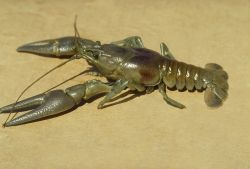
Invasive Crayfish
Invasive crayfish from the east have been spotted for the 1st time west of the Rockies, in a river in Eastern Oregon and a stream in Corvallis. They were shipped to elementary schools for biology classes and then released where they don't belong by well meaning children or their teachers. The shipments of live classroom specimens violates state wildlife laws but state authorities have chosen not to aggressively enforce the ban.
Check out this video segment from Oregon Field Guide, Crayfish Invasion.
A Spectacular Book - Use this book as the spine for your unit study
This book is an excellent tool to introduce invasive species. The photographs are engaging and the text is factual and informative, while not being preachy and dry.

The Silent Invaders - Which plants are the largest environmental threats?
- Japanese Knotweed
- Water Hyacinth
- Cheatgrass
- Kudzu
When we try to pick out something by itself, we find it hitched to everything else in the universe.
Fabulous Books - Build your own resource library
Want More Information? - These links provide futher evidence and background information of the threats worldwide.
- US Forest Service
The USDA Forest Service has identified invasive species as one of the four critical threats to our Nation’s Forests and Grasslands. The USDA Forest Service has designed an invasive species program whose goal is to reduce, minimize, or eliminate the p - Why Are Hawai`ian Native Species Endangered?
Foreign or alien invaders to the islands are the major cause of Hawaii's species becoming endangered. Follow this link to learn more. - Invasive Species of Oregon Database
An extensive list of invasive species threatening Oregon's ecosystems. Very organized, easy to navigate.
Nature is a mutable cloud which is always and never the same.






